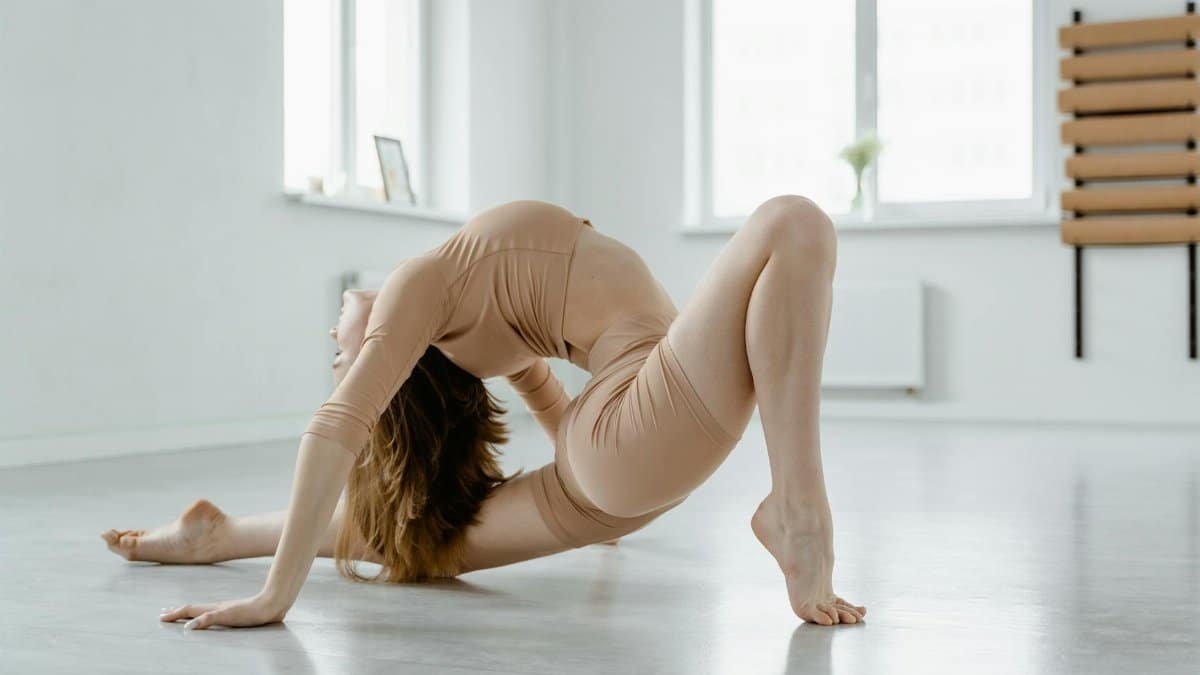In a nation where self-doubt often shadows the daily grind—from boardroom pressures to social media scrolls—a quiet revolution is unfolding in studios and living rooms across America. Yoga poses, once dismissed as esoteric stretches, are now embraced by millions seeking not just flexibility, but a deeper well of confidence. According to recent data from the Yoga Alliance, participation in yoga has surged by 50% over the past decade, with practitioners reporting enhanced self-assurance as a top benefit. This isn’t mere trendiness; it’s a response to the relentless pace of modern life, where poses like the steadfast Warrior become tools for reclaiming inner power. As we navigate 2025’s uncertainties, these ancient practices offer a grounded way to stand taller, both literally and figuratively.
1. Mountain Pose (Tadasana)
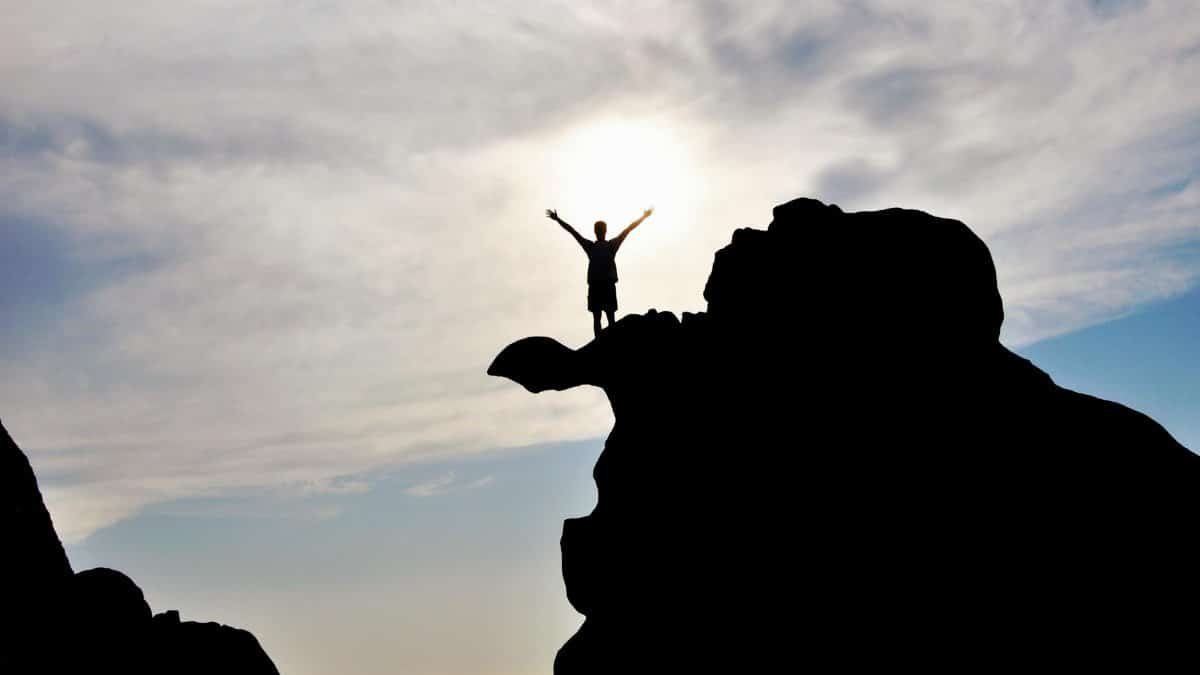
Stand tall, feet together, arms at your sides. It sounds simple, almost too basic for something billed as a confidence booster. But that’s the genius of Mountain Pose—it’s a foundation, a reminder that strength starts with stillness. Imagine a harried executive in Chicago, pausing amid a chaotic workday to root her feet to the floor, drawing breath into her core. She feels the subtle shift: shoulders dropping, spine lengthening, a quiet assertion of presence. This pose isn’t about flashy exertion; it’s about embodying stability, countering the slouch that creeps in from endless screen time.
Research backs this up. A study from the University of California, Berkeley, highlights how upright postures like Tadasana can elevate mood and self-perception, triggering hormonal changes that mimic confidence. Participants who held such stances reported feeling more empowered in social scenarios. It’s no wonder yoga instructors often start classes here—it’s the pose that whispers, “You are enough as you are.” Yet, the challenge lies in the mind’s chatter. One anonymous account from an online forum described the initial discomfort: “My thoughts raced, but after a few breaths, I felt grounded, like I could face anything.” To practice, engage your thighs, lift your chest, and gaze forward. Hold for 30 seconds to a minute, repeating as needed. Over time, this subtle alignment seeps into daily life, transforming hesitant steps into assured strides.
Of course, it’s not without its nuances. For those with balance issues, widening the stance helps, but the real work is internal—confronting the vulnerability of standing exposed, no props or distractions. In a culture that prizes constant motion, Mountain Pose invites a radical pause, fostering the kind of quiet confidence that doesn’t shout but endures.
2. Tree Pose (Vrksasana)
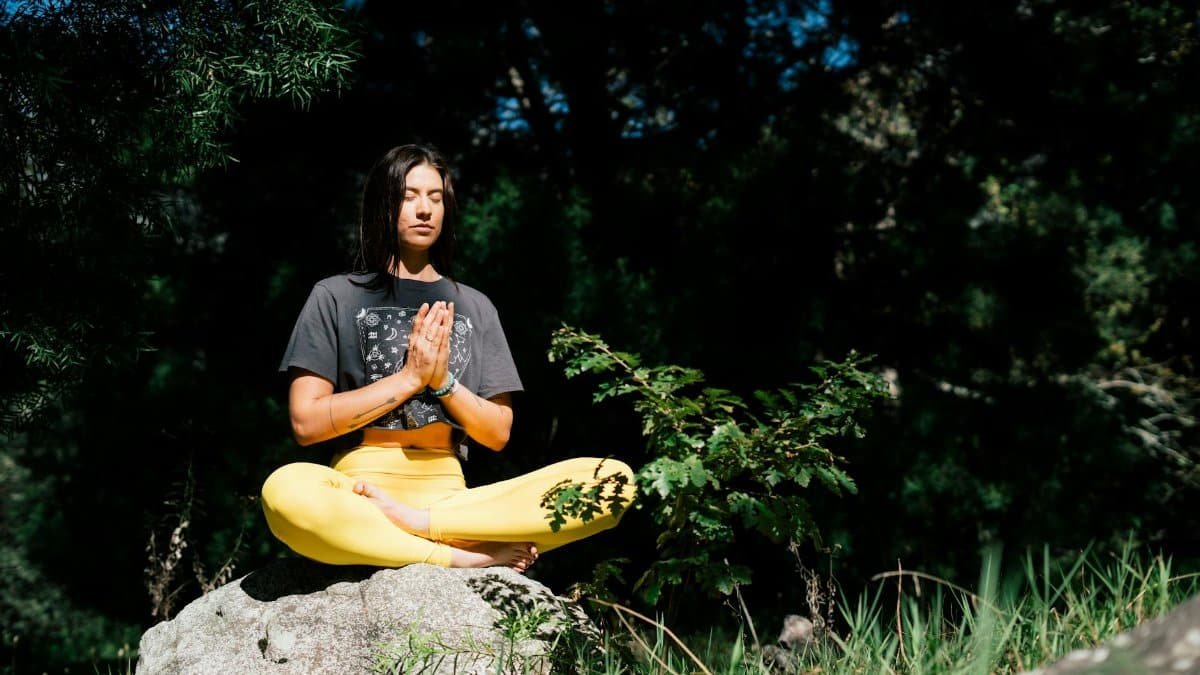
Balance on one leg, place the sole of the other foot against your inner thigh, hands pressed together in prayer position or raised overhead. Tree Pose embodies empowerment from within, a living metaphor for resilience amid life’s gusts. Picture a young teacher in Austin, Texas, wobbling at first in her home practice, only to find steadiness as she focuses on her breath. “It was like rooting into my own strength,” she might say, echoing the title’s nod to this pose’s inner alchemy. Unlike more aggressive stances, Vrksasana demands introspection, teaching that true confidence blooms from balance, not brute force.
Evidence from the National Institutes of Health supports this, with findings showing that balancing poses enhance proprioception—the body’s sense of position—which correlates to improved self-efficacy. In one trial, regular practitioners experienced a 20% boost in confidence metrics after just eight weeks.NIH Study on Yoga and Balance. It’s particularly potent for those battling imposter syndrome, as the pose requires tuning out external judgments and trusting your core.
Yet, it’s not always serene. The tremble in your standing leg can mirror inner doubts, a tension worth exploring. Start with a wall for support if needed, gradually building to free-standing holds of 20-30 seconds per side. Weave in a mantra like “I am rooted” to amplify the effect. In 2025, as remote work blurs boundaries, this pose offers a quick reset, empowering individuals to navigate uncertainty with poise. One forum user shared anonymously: “After Tree, I walked into my job interview feeling unbreakable.” It’s this inner empowerment that sets Pose #2 apart, a subtle force that reshapes self-view from the ground up.
3. Warrior II (Virabhadrasana II)
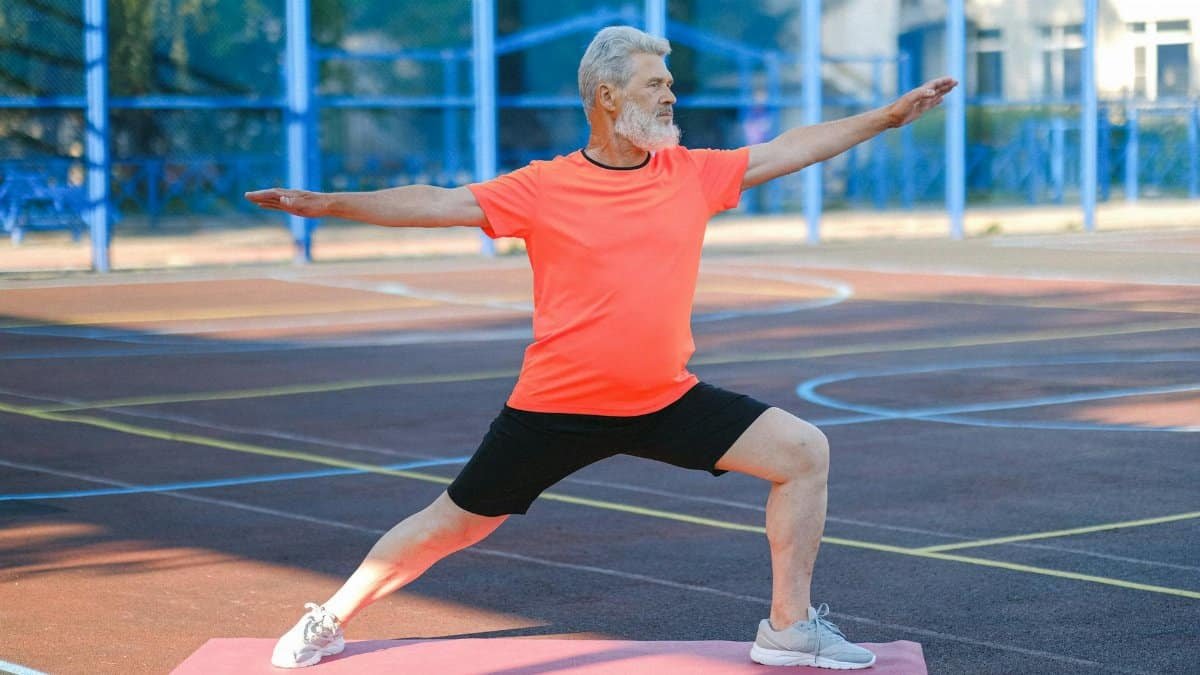
Step one foot back, bend the front knee, extend arms parallel to the ground, gaze over your front hand. Warrior II channels the archetype of a fierce guardian, building confidence through embodied power. Consider a veteran in Seattle returning to civilian life, discovering in this pose a way to reclaim authority lost to trauma. His muscles engage, gaze steady, transforming vulnerability into vigilance. It’s a narrative of triumph, where the wide stance symbolizes openness to challenges while the strong lines assert readiness.
Studies from Harvard Medical School underscore how such dynamic poses release endorphins, fostering a sense of accomplishment that spills into emotional resilience. In a controlled group, those practicing Warrior poses reported higher confidence in handling stress.Harvard Health on Yoga Benefits. The pose’s dual nature—strength in the lower body, extension in the upper—mirrors life’s push-pull, teaching poise under pressure.
Transitions here matter: flow from Mountain to Warrior for a seamless build. Hold for 30 seconds, switching sides, and notice how the back leg’s grounding counters the front’s advance. Tensions arise if hips are tight, a common hurdle for desk-bound Americans, but modifications like a shorter stance ease entry. Ultimately, Warrior II isn’t just physical; it’s a declaration, empowering practitioners to face adversaries—be they personal or professional—with unyielding grace.
4. Eagle Pose (Garudasana)
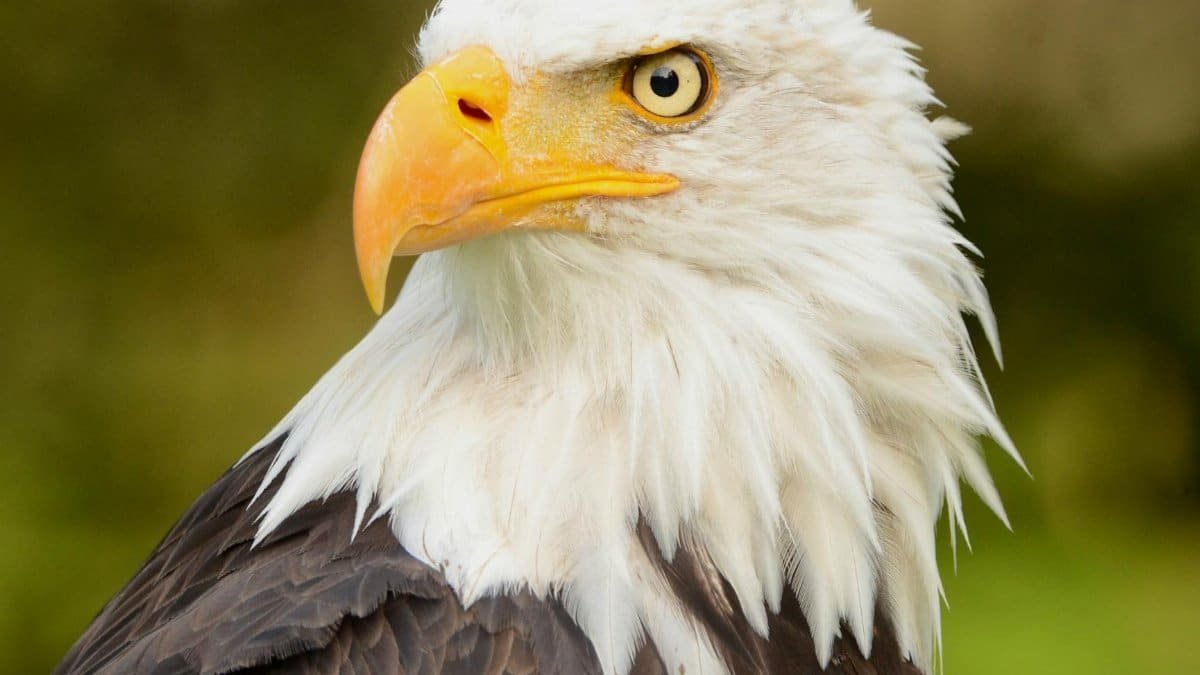
Cross one thigh over the other, wrap the foot behind the calf if possible, then entwine arms, palms touching. Eagle Pose twists the body into a compact bind, unraveling inner knots to reveal focused confidence. Envision a writer in New York, tangled in creative blocks, using this pose to concentrate her energy. As she balances, the compression forces clarity, like wringing out doubt to make space for certainty.
Pew Research data indicates that mindfulness practices, including yoga poses like this, are on the rise among stressed professionals, with 40% citing improved focus.Pew Research on Mindfulness Trends. Eagle’s demand for concentration sharpens mental acuity, directly tying to self-assured decision-making.
The complexity can intimidate beginners—arms and legs interlocking like a puzzle. Start seated if standing wobbles, holding for 15-20 seconds per side. Breathe deeply to release the bind slowly, feeling the expansion. In exploring this pose, one uncovers layers: the initial struggle gives way to mastery, a microcosm of building confidence through persistence. It’s especially relevant in 2025’s gig economy, where adaptability reigns.
5. Lion Pose (Simhasana)
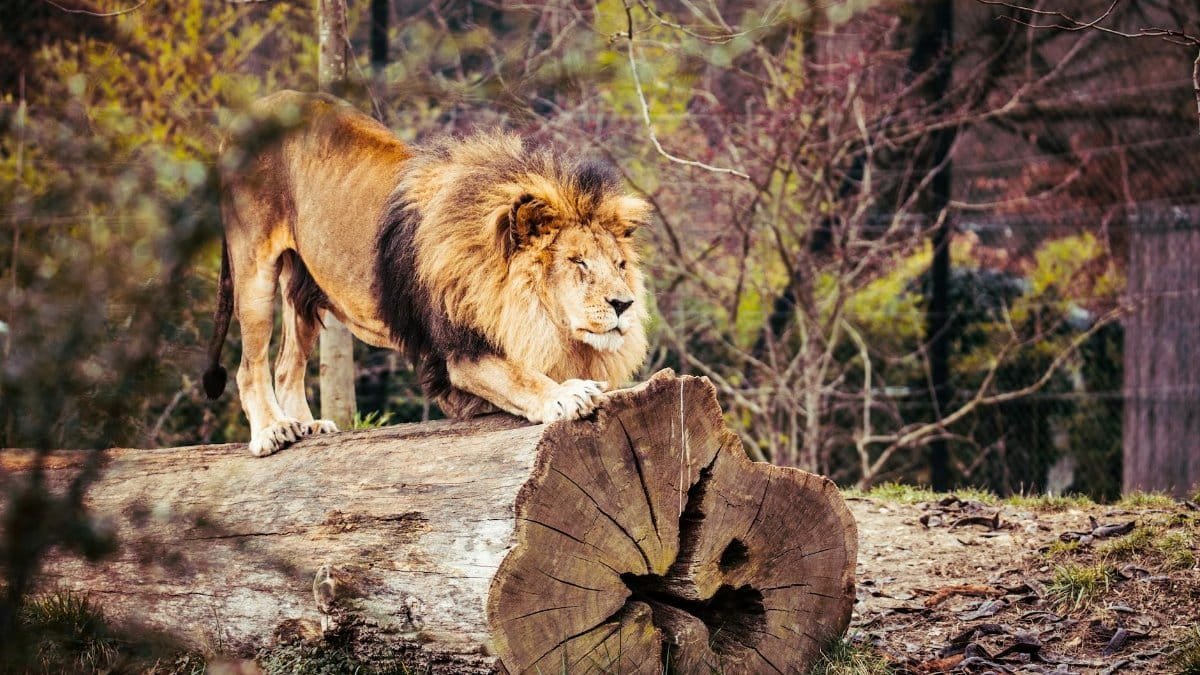
Kneel, spread your fingers wide on the floor, open your mouth, stick out your tongue, and roar. Lion Pose is audacious, a release valve for pent-up inhibitions that erode confidence. Think of a shy student in Atlanta, practicing in her dorm, the exaggerated expression breaking through her reserve. The roar—silent or vocal—expels tension, leaving room for bold authenticity.
A report from the Mayo Clinic notes that expressive poses like Simhasana reduce anxiety by activating the vagus nerve, promoting calm assertiveness. Participants in yoga interventions showed decreased social anxiety scores.Mayo Clinic on Yoga for Stress. It’s playful yet profound, countering the stoicism that stifles many.
Practice in privacy first, holding the expression for 10-15 seconds, repeating thrice. The facial stretch might feel silly, but that’s the point—embracing vulnerability fosters genuine strength. Amid rising mental health conversations in 2025, Lion Pose empowers by normalizing expression, turning whispers of self-doubt into roars of self-belief. One shared online reflection captured it: “It felt ridiculous at first, but afterward, I spoke up in meetings without hesitation.” This pose closes the loop, reminding us that confidence often hides behind the masks we shed.
